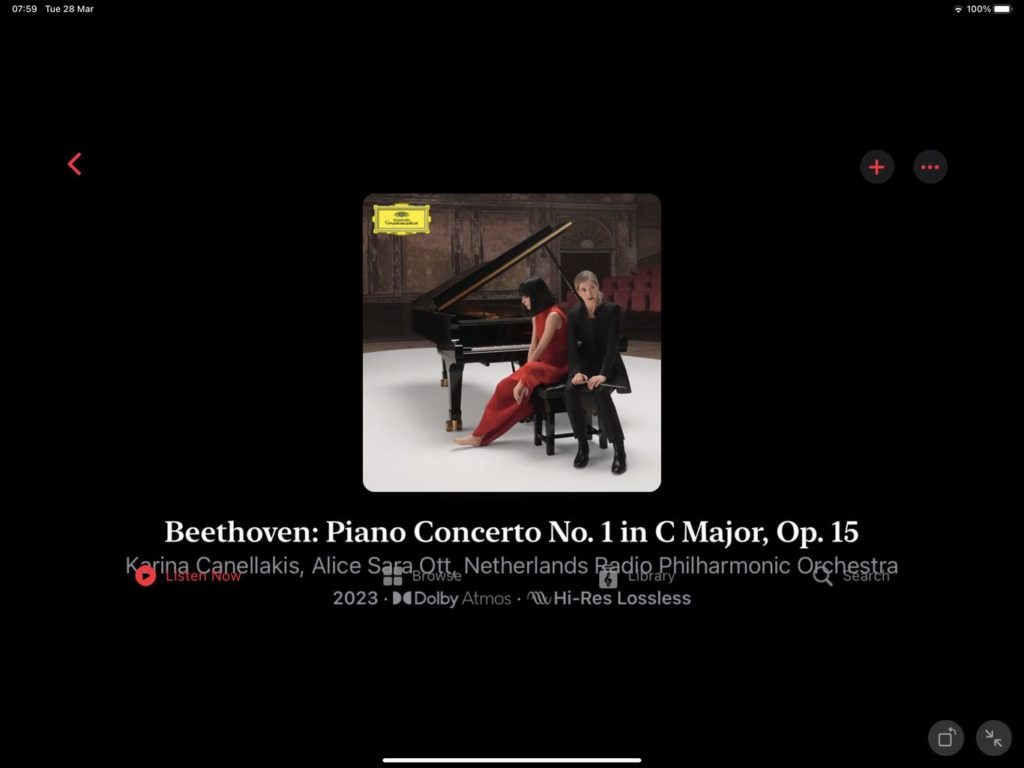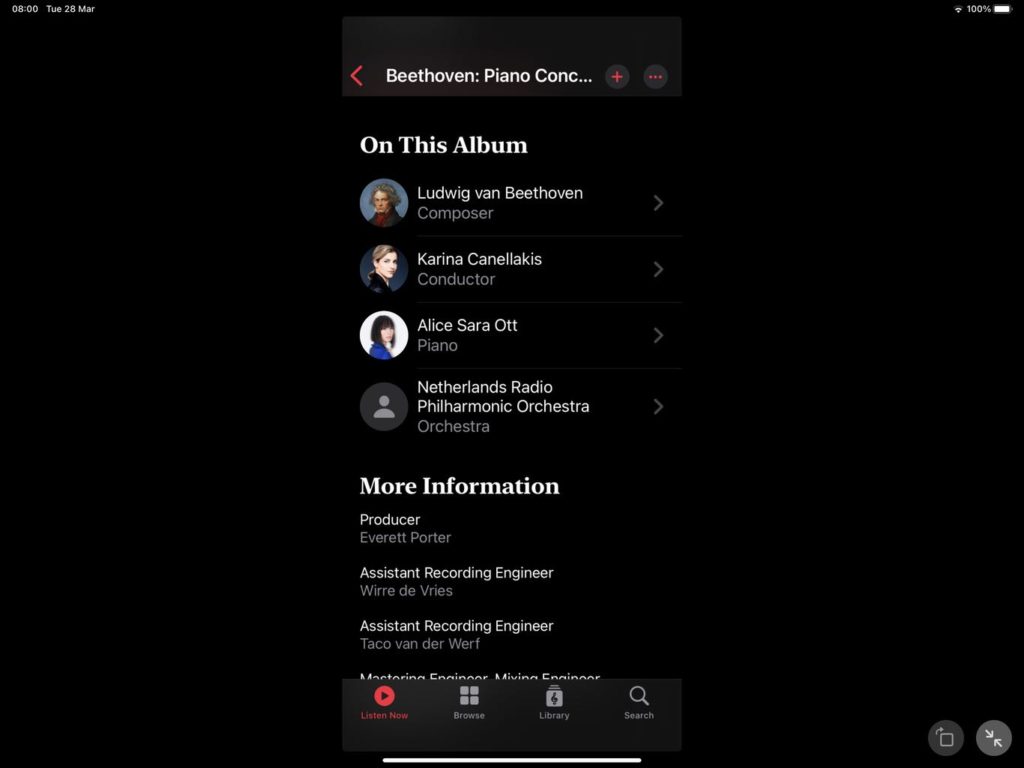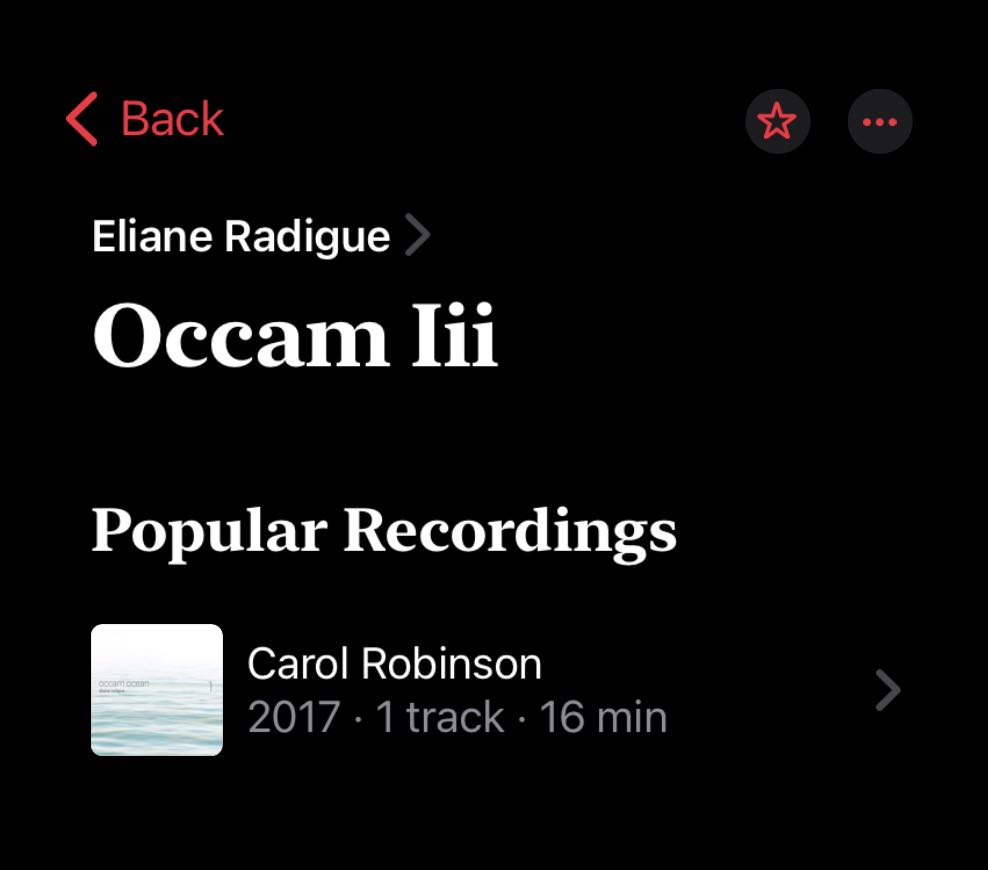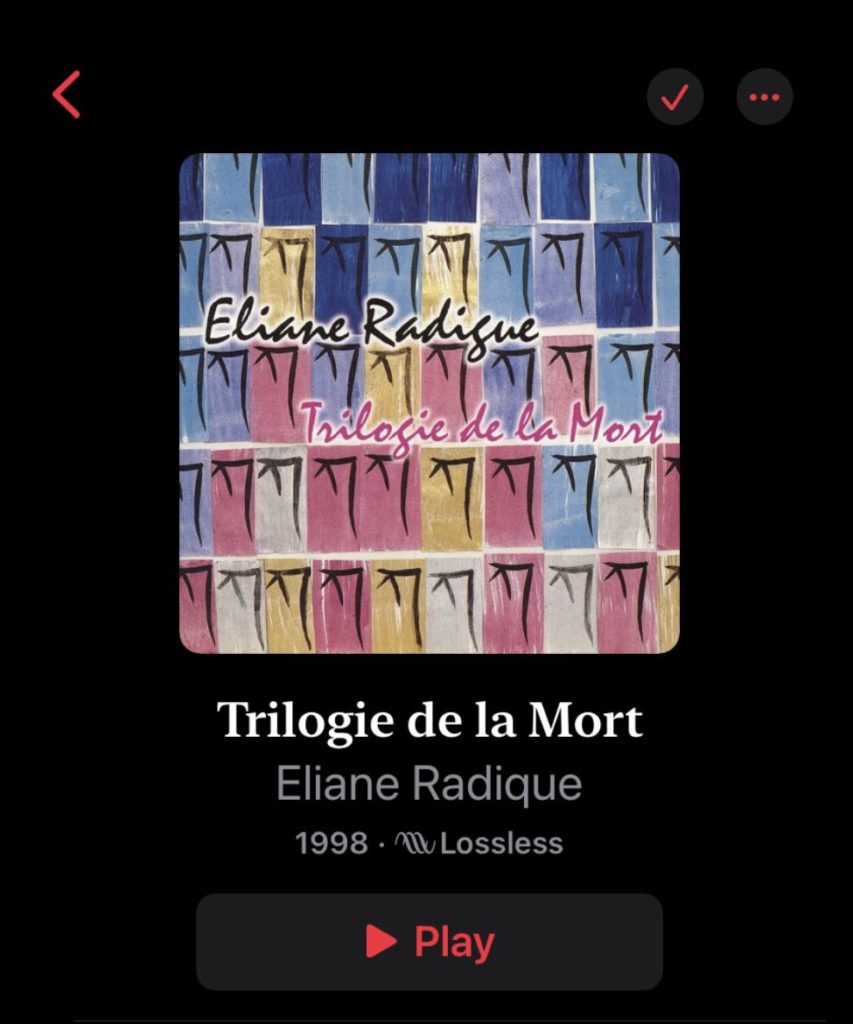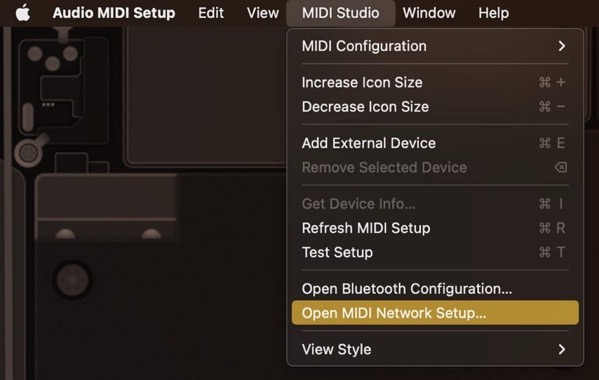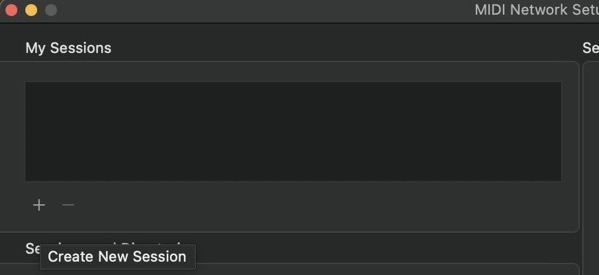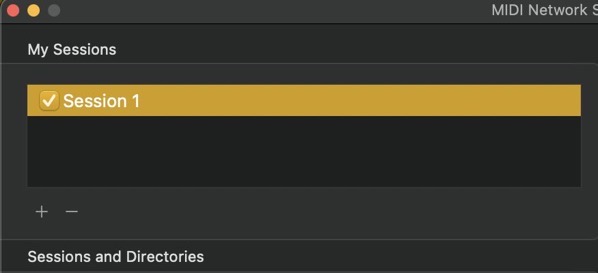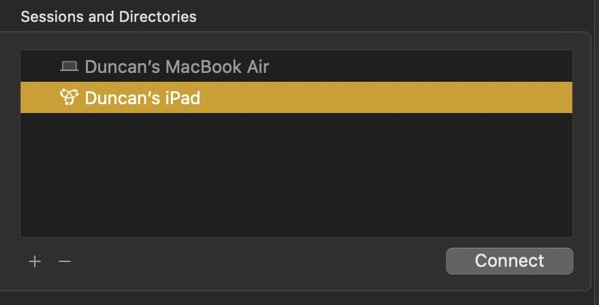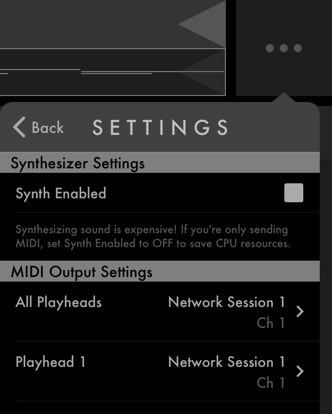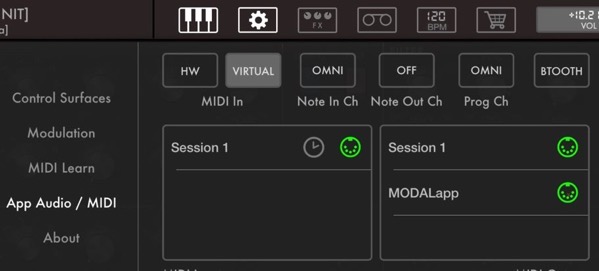It is common to find software developers who imagine that everyone shares their understanding of, and enthusiasm for, computers. This is not the case. Most people merely tolerate computers:
This leads them to assume that we would like to have our phones transformed into something akin to a computer from the 1990s. This also is not the case. For example Brent Simmons argues that iPhones and iPads should be able to download software from anywhere just like computers because “those devices are computers“. No. They are not computers.
Certainly a phone has all the internal gubbins just like a computer. But my TV comes with a screen, a processor, an operating system, a web browser and is connected to the Internet. It is not a computer. Refrigerators come with processors and screens and an Internet connection. They are not computers. Motor cars come with processors, screens, web browsers and an Internet connection. They are not computers.
Apple sells far more phones than they do computers because phones are not computers. People who want a computer buy a computer. People who do not want a computer buy a phone. Nobody calls their phone their pocket computer… because they are not computers.
I use the splendid NetNewsWire (as mentioned here in 2008) which is available from the App Store for devices that are not computers but, alas, only from the website for Mac computers.

